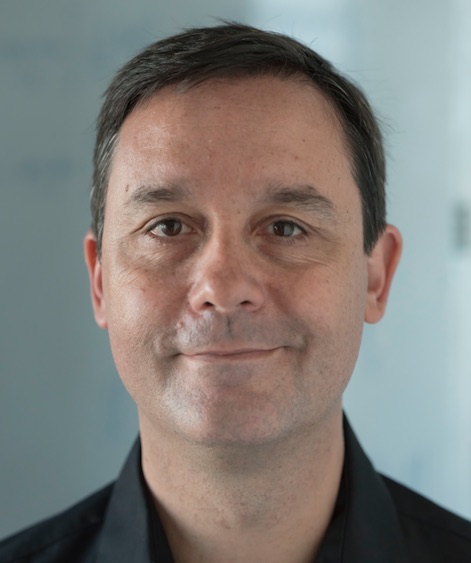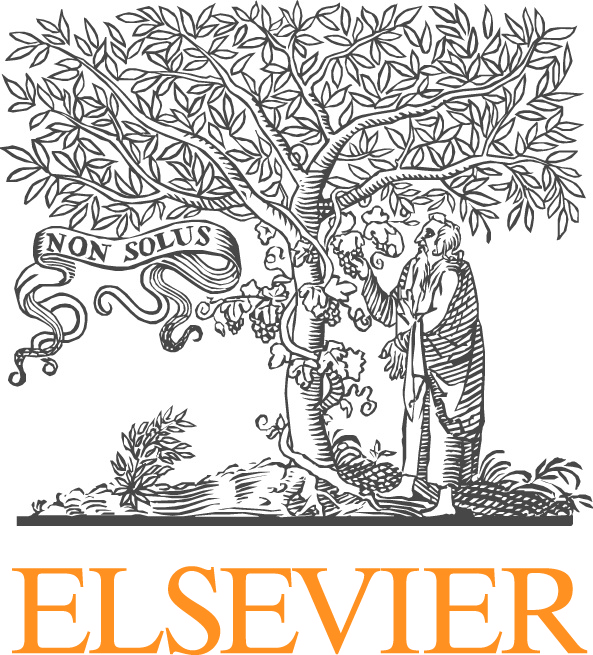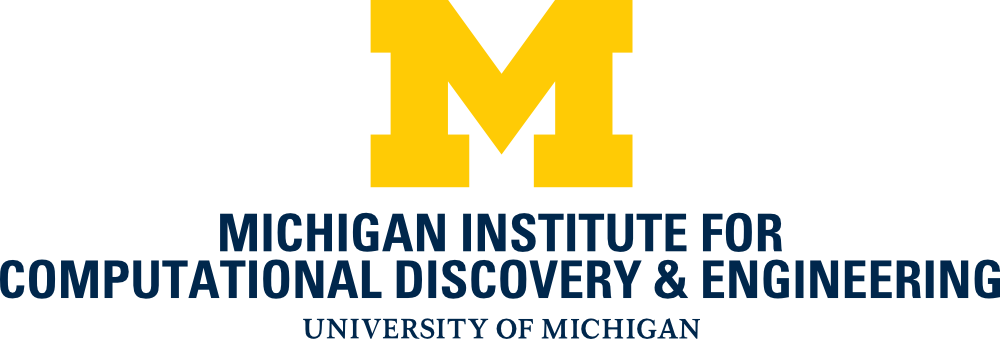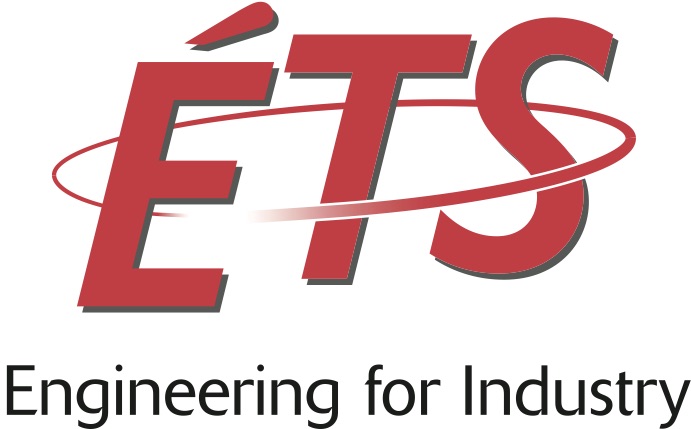Hierarchical Sampling Methods for Forward and Inverse Problems

Raúl Tempone
King Abdullah University of Science and Technology
Monday, July 17, 1:30 pm
Abstract:
We will first recall, for a general audience, the use of Monte Carlo and Multi-level Monte Carlo (MLMC) methods in the context of Forward Uncertainty Propagation. Then, we will move on to Multi-Index Monte Carlo (MIMC) and Multi-Index Stochastic Collocation (MISC) methods for computing statistics of the solution of a Partial Differential Equation with random data. MIMC is both a stochastic version of the combination technique introduced by Zenger, Griebel, and collaborators, and an extension of the Multilevel Monte Carlo (MLMC) method first described by Heinrich and Giles. Instead of using first-order differences as in MLMC, MIMC uses mixed differences to dramatically reduce the variance of the hierarchical differences, thus yielding improved convergence rates. MISC is a deterministic combination technique that also uses mixed differences to achieve better complexity than MIMC, provided enough regularity. Moreover, in the optimal case, the convergence of MISC is dictated by the convergence of the deterministic solver applied to a one-dimensional spatial problem. Throughout the presentation, we will discuss several applications, including some arising from Inverse Problems and Optimal Experimental Design settings.
Biography:
Raul Tempone is an applied mathematician, recognized for his contributions to the development and rigorous analysis of numerical methods for deterministic and stochastic problems arising in science and engineering. He is well known for his works on adaptive algorithms for stochastic differential equations, stochastic Galerkin and stochastic collocation methods for random partial differential equations, and multilevel Monte Carlo hierarchical sampling techniques for stochastic problems, among others. These methods provide substantial computational savings and are crucial for applications described in terms of differential equations and subject to uncertain evolution. Formulations including uncertainty have been increasingly used in many engineering applications, and they are useful in other applications as well, including, among others, finance, biology, social science as well as chemistry and physics.
Raul Tempone graduated as an industrial engineer in 1995 at the University of the Republic, Montevideo, Uruguay. After his graduation he worked on the optimal dispatch of electricity for the Uruguayan system using techniques from nonlinear stochastic programming and visited the Royal Institute of Technology (KTH) in Stockholm, Sweden, to study further numerical analysis. He obtained a Master in Engineering Mathematics in 1999 (inverse problems for incompressible flows, supervised by Jesper Oppelstrup, KTH) and a Ph.D. in Numerical Analysis in 2002 (a posteriori error estimation and control for stochastic differential equations, supervised by Anders Szepessy, KTH). He later moved to ICES, UT Austin, to work as a postdoctoral fellow from 2003 until 2005 in the area of numerical methods for PDEs with random coefficients (supervised by Ivo Babuska and Mary Wheeler). In 2005 he became an assistant professor (joint appointment) with the School of Computational Sciences and the Department of Mathematics at Florida State University, Tallahassee. In 2007 he was awarded the first Dahlquist fellowship by KTH and COMSOL for his contributions to the field of numerical approximation of deterministic and stochastic differential equations. In 2009 he became an Associate Professor (founding faculty) with King Abdullah University of Science and Technology and later in 2015, he was promoted there to the rank of Full Professor in Applied Mathematics. Since 2012, he has directed the KAUST Strategic Research Center for Uncertainty Quantification.
He has received numerous accolades from his peers: he is a highly cited author, is regularly invited as keynote speaker at conferences from several distinct areas and holds honorary appointments as well. For instance, he was elected by Society for Industrial and Applied Mathematics (SIAM) members as the Technical Director of the SIAM Uncertainty Quantification group, a position he held during the term 2013-2014.







